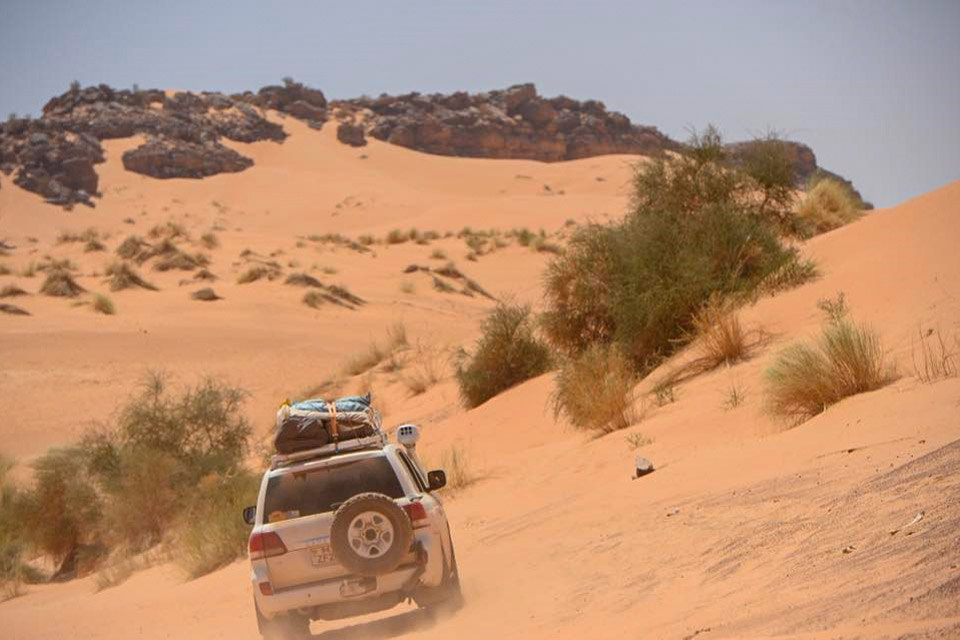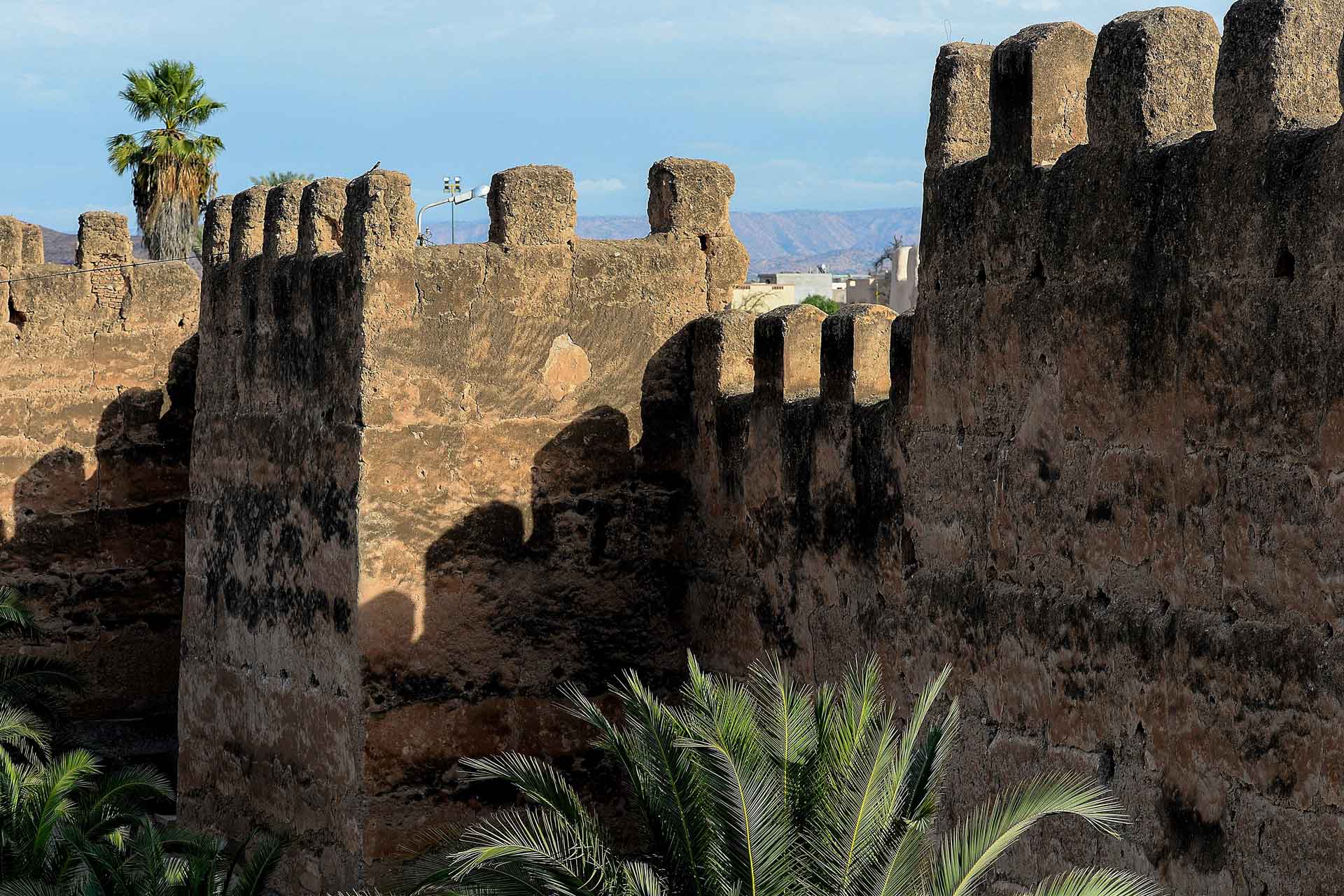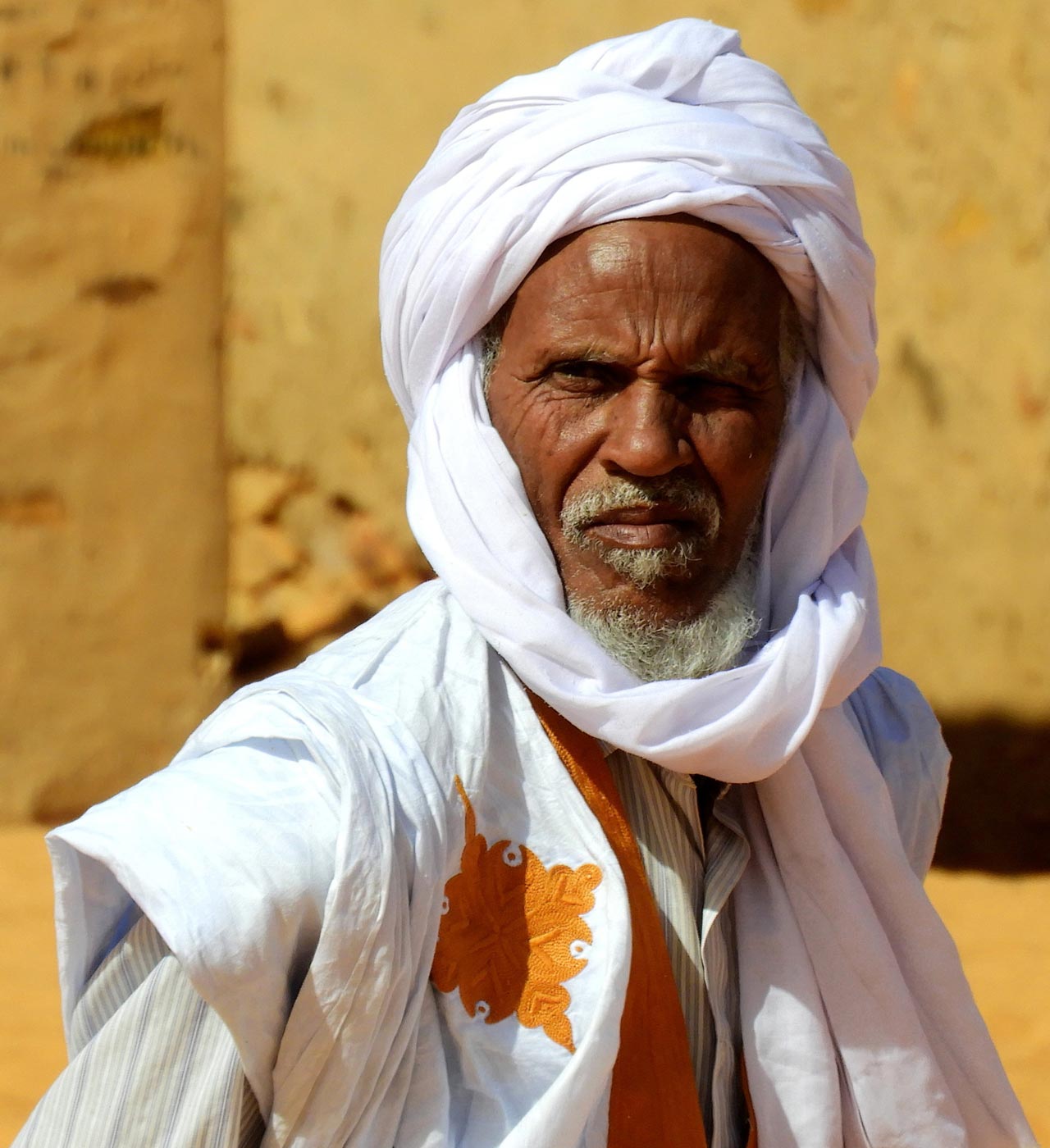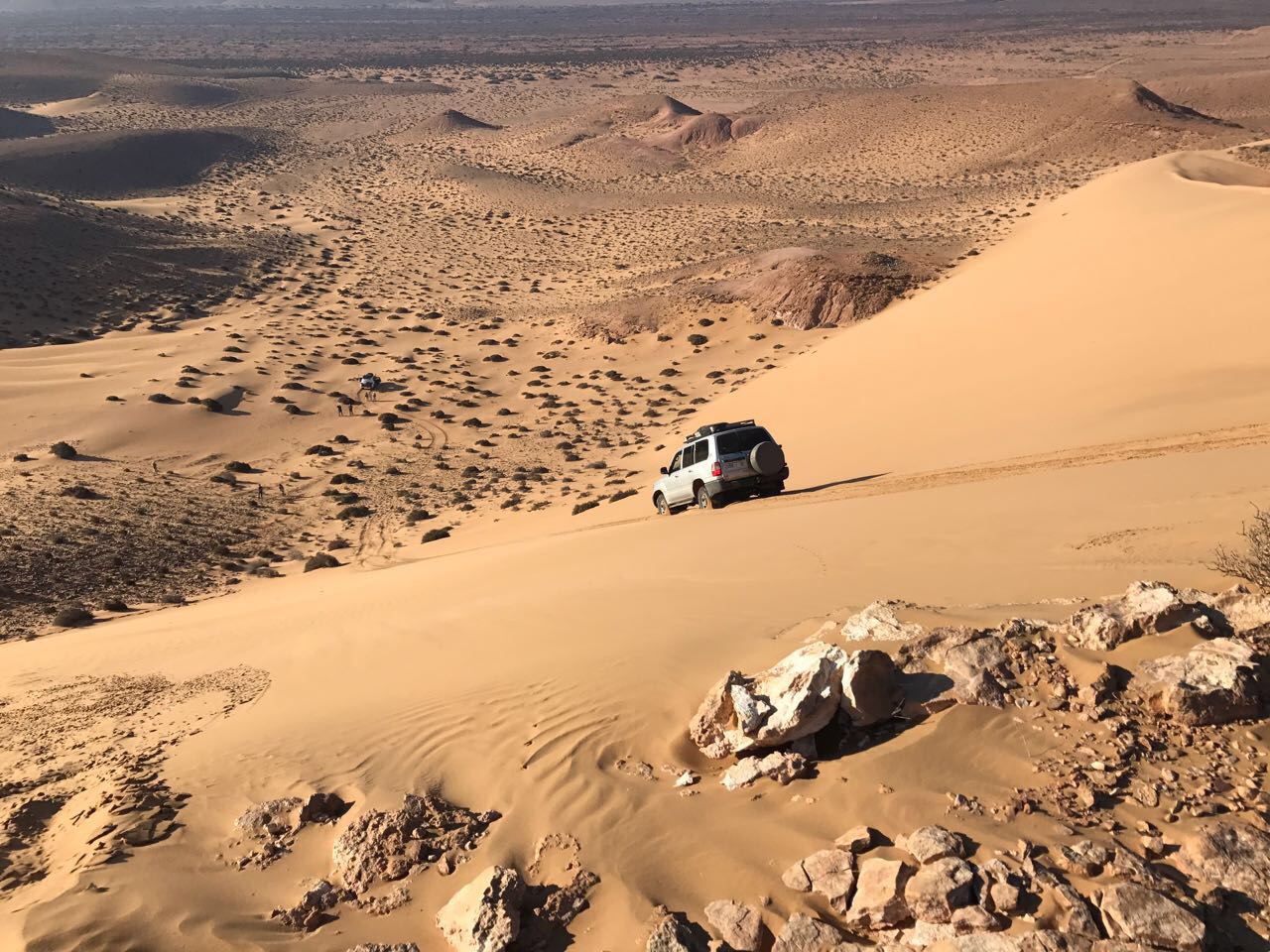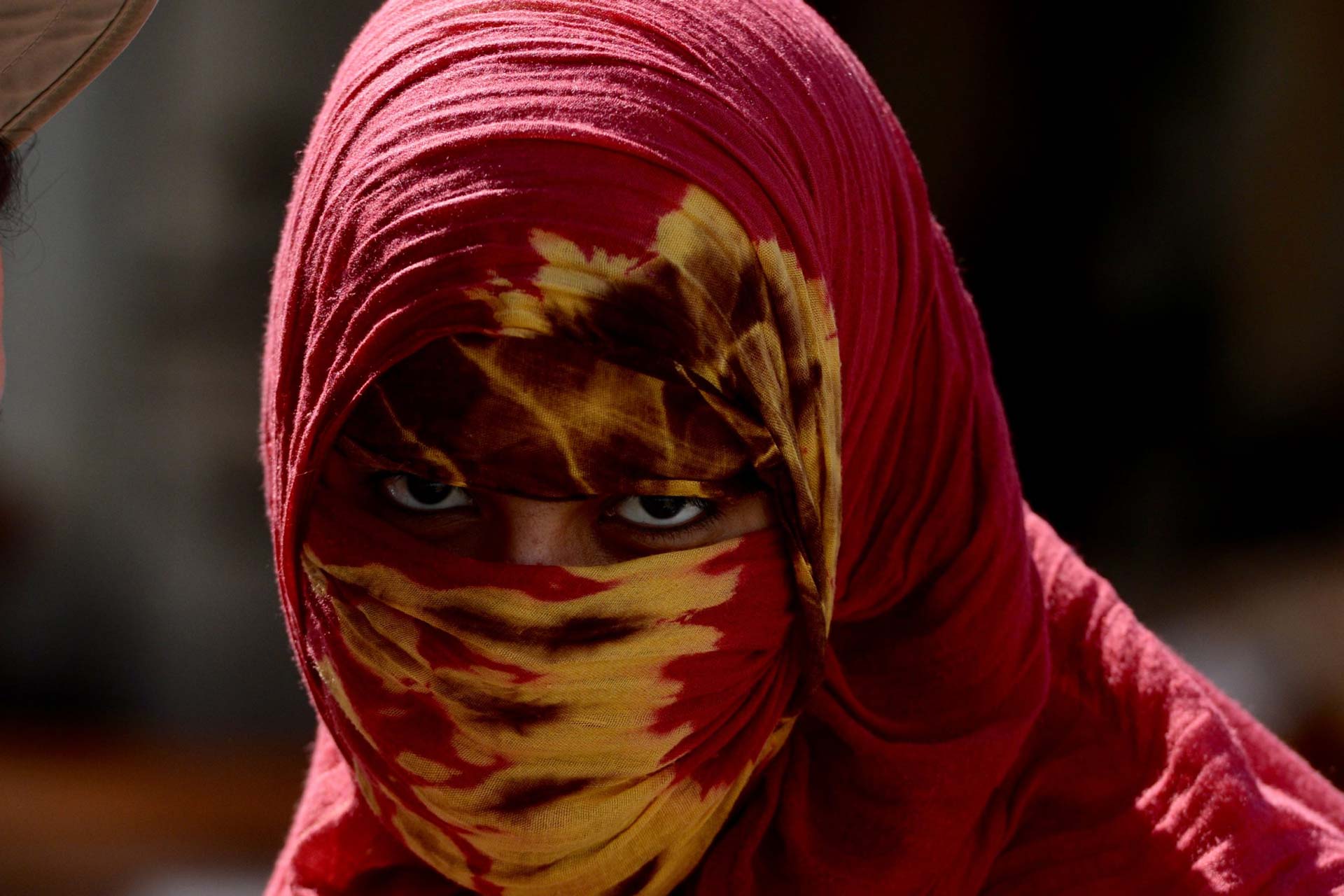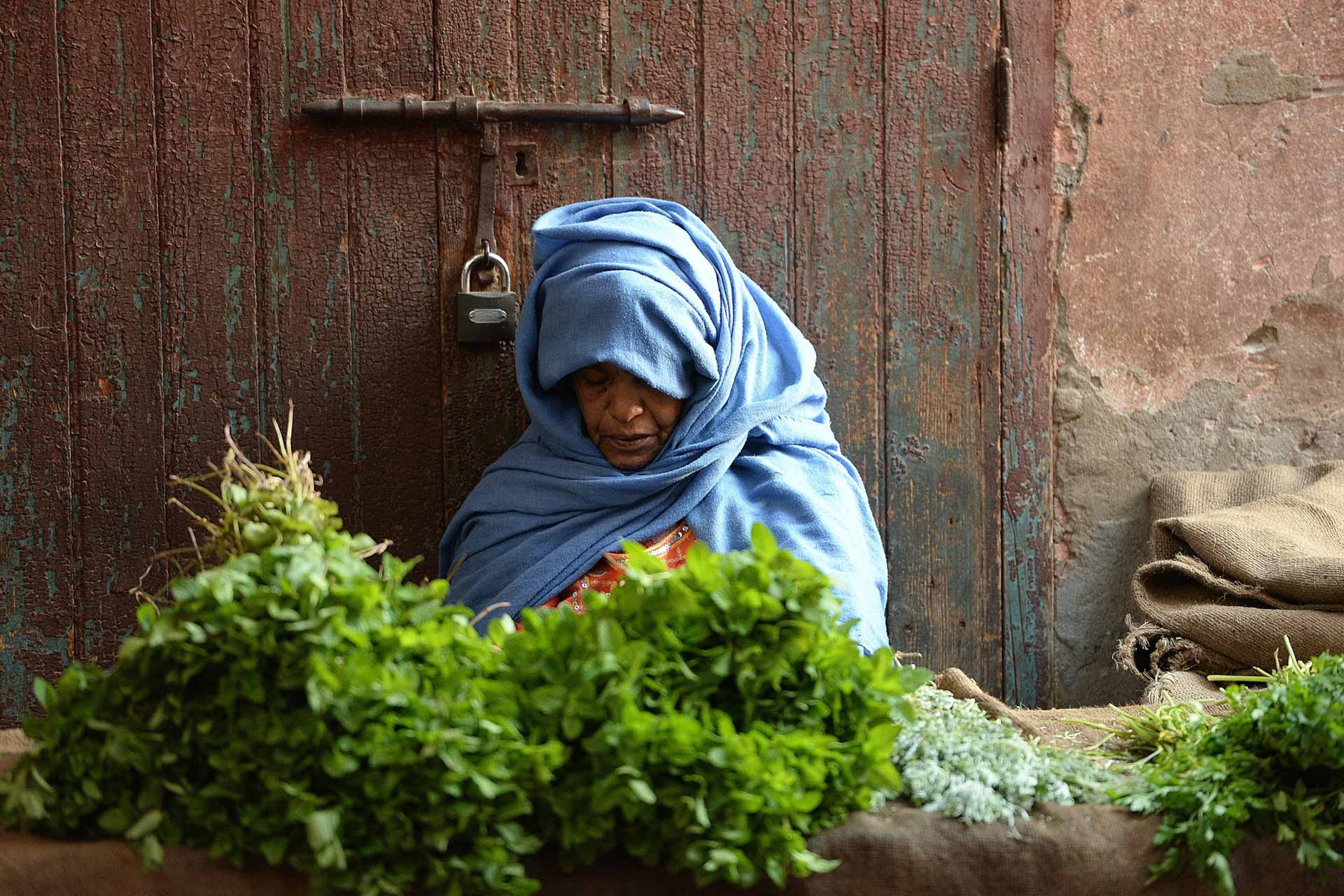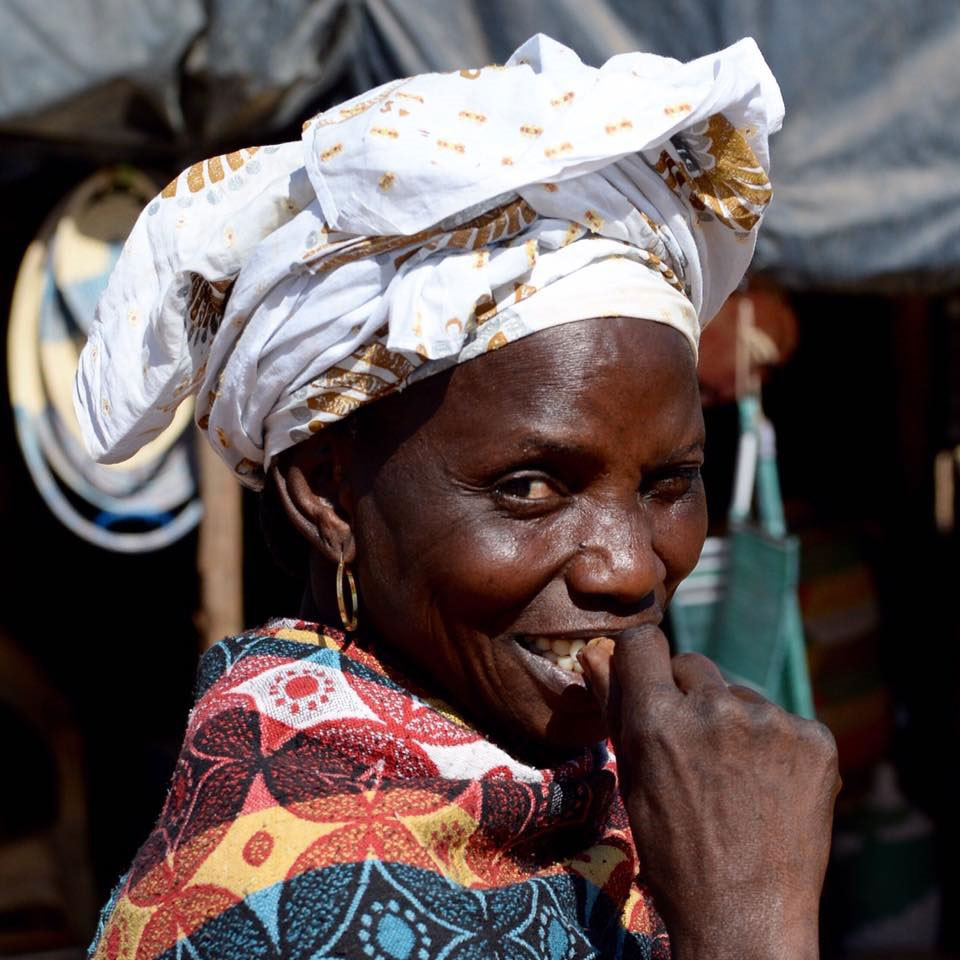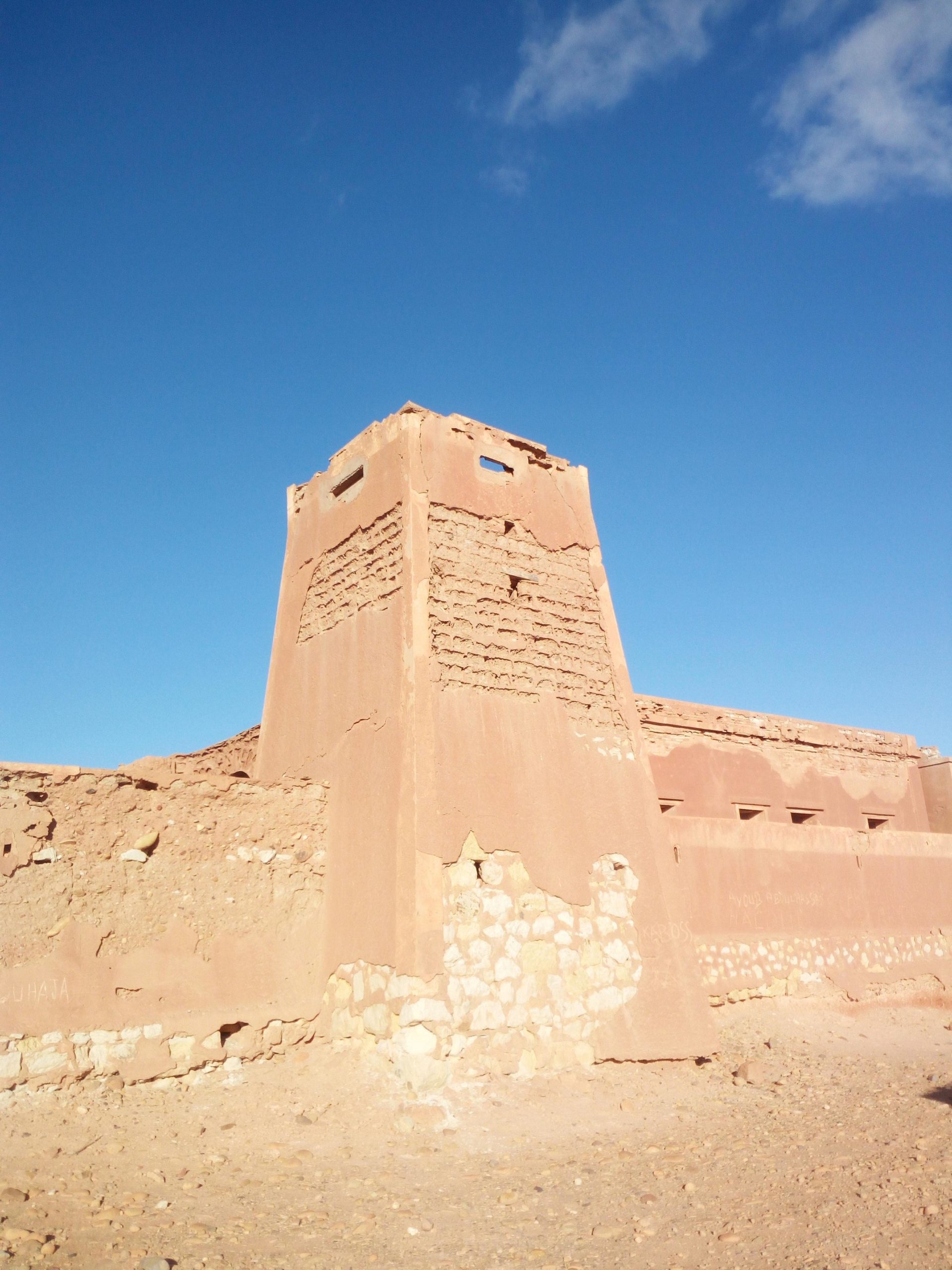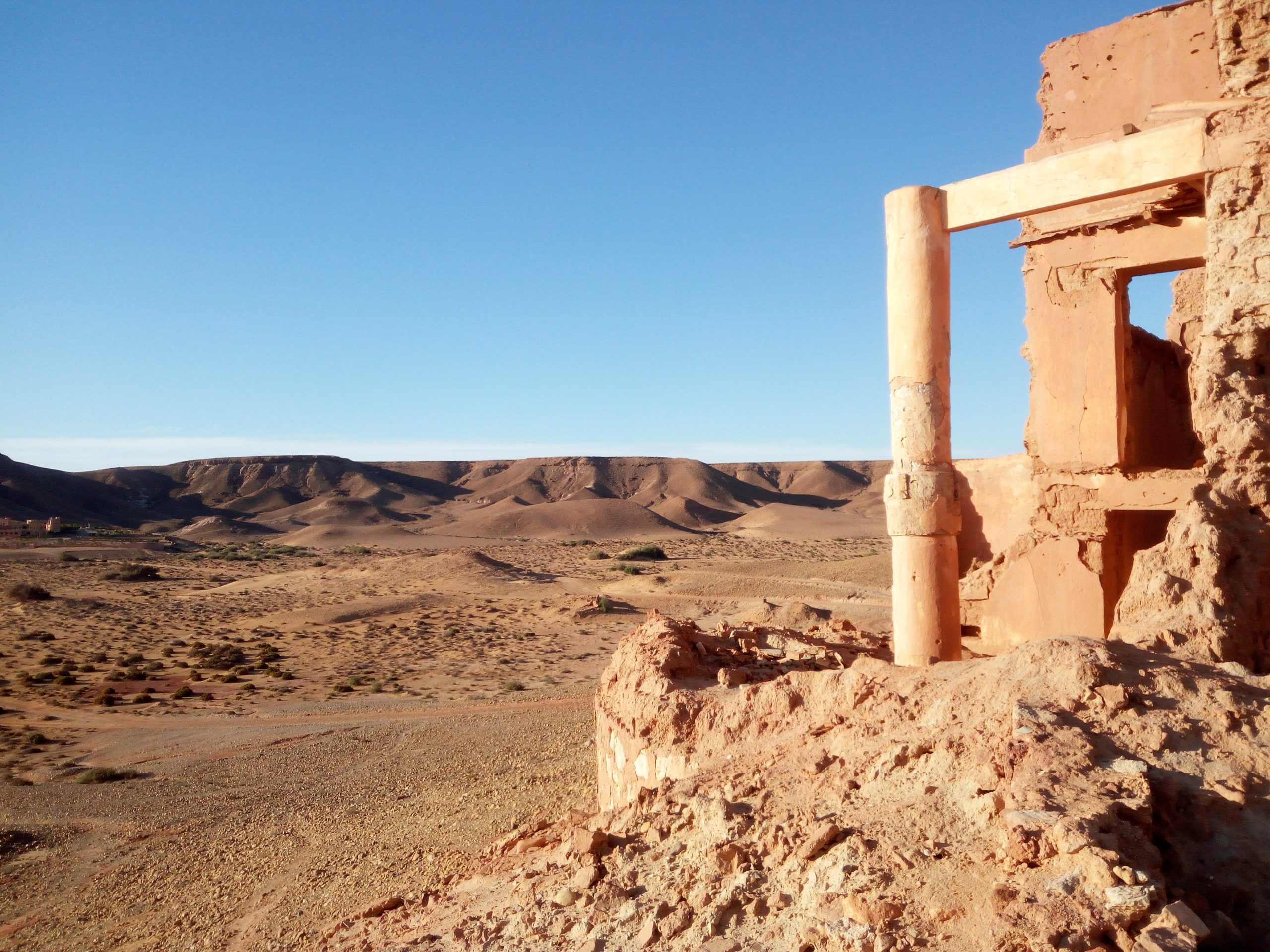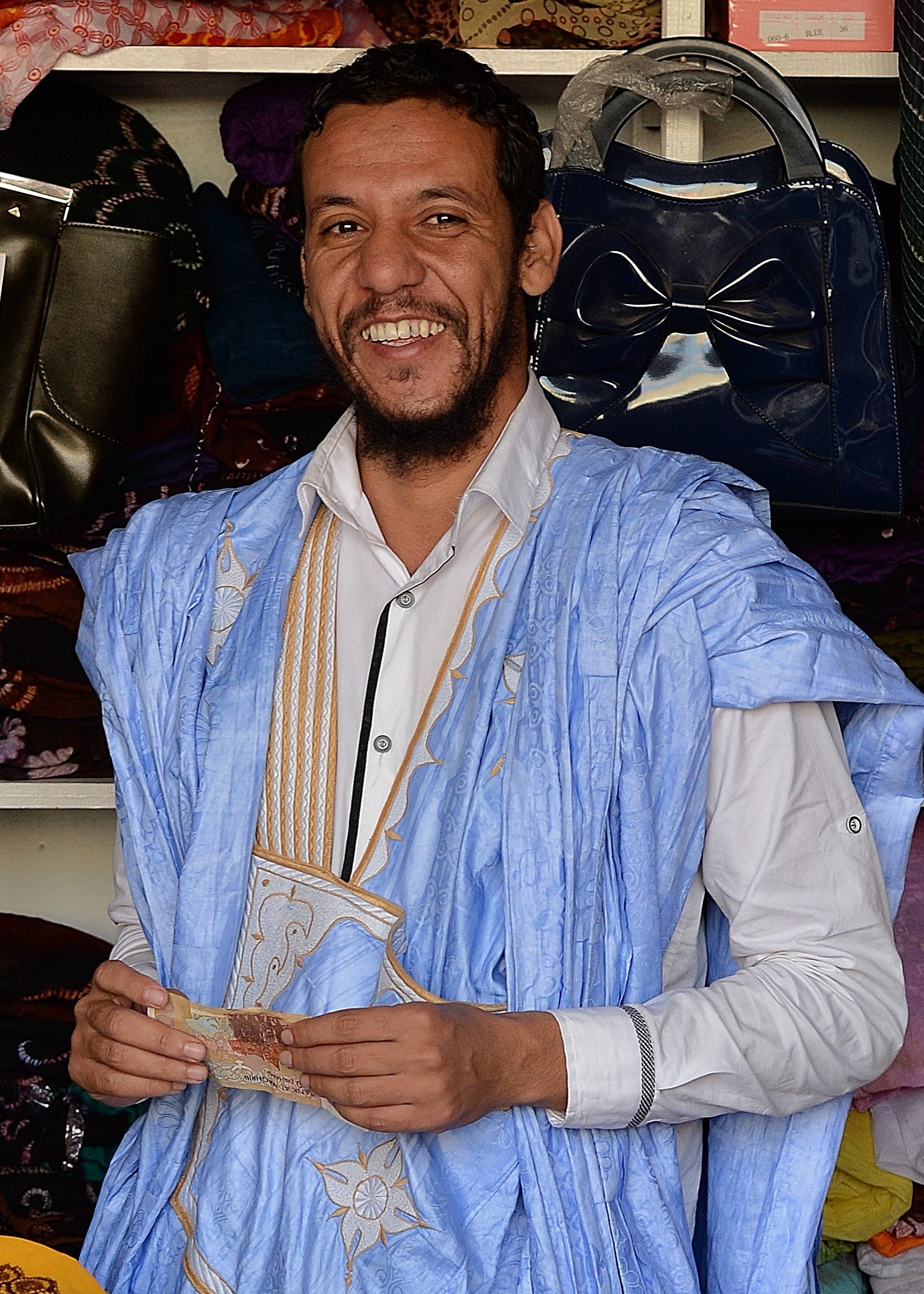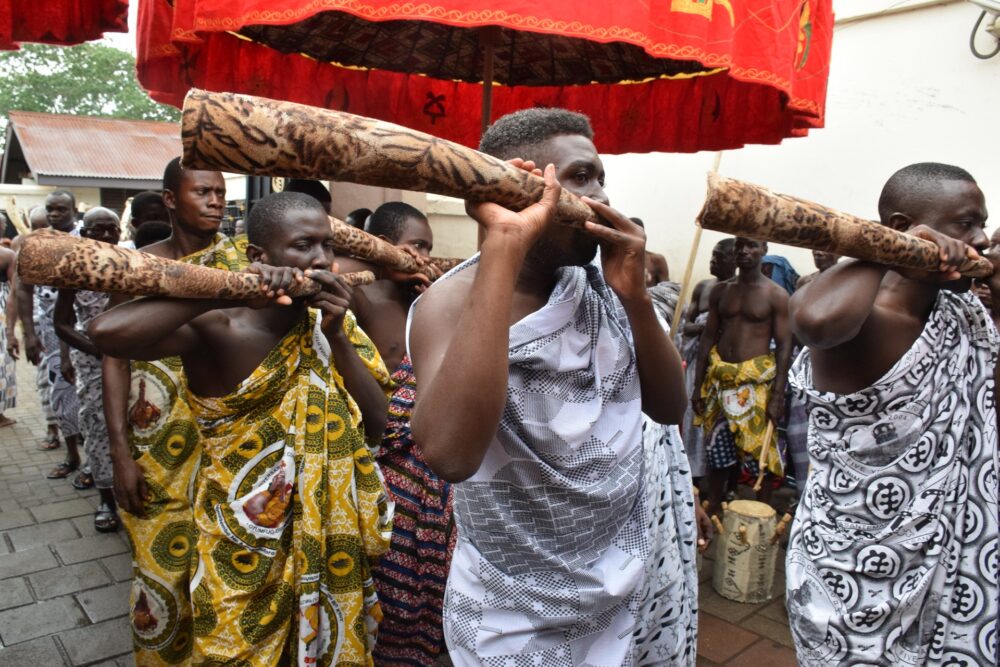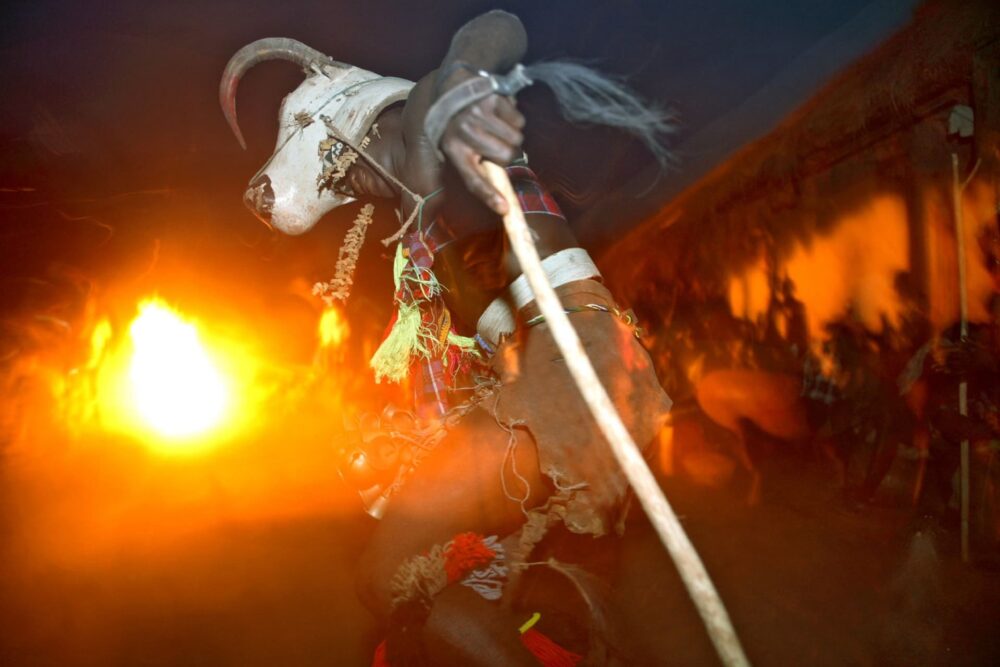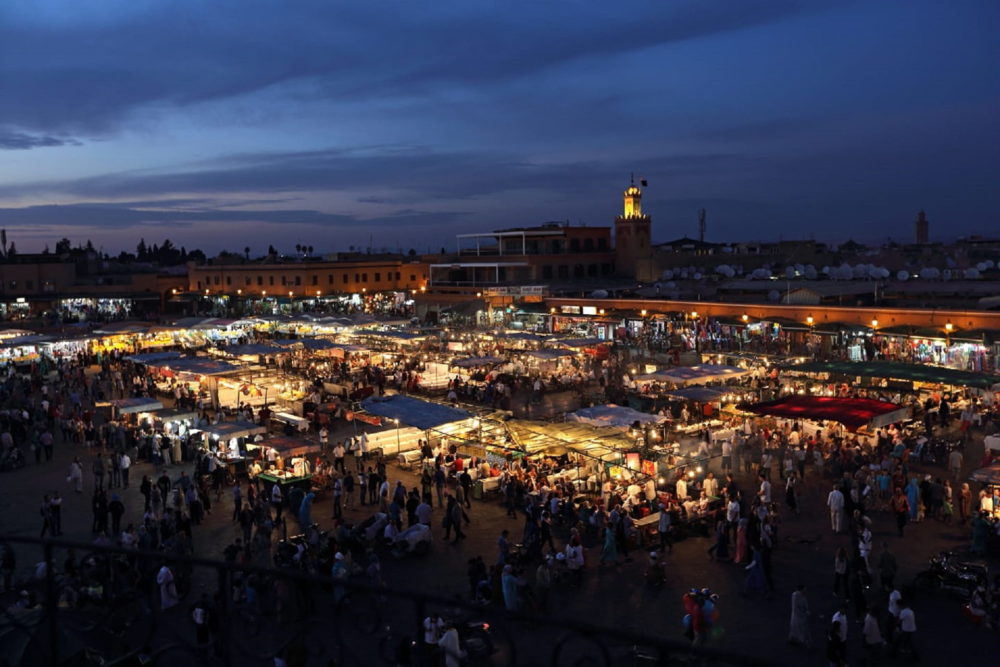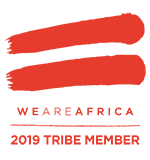Description
WESTERN SAHARAN PROVENCES AND MAURITANIA
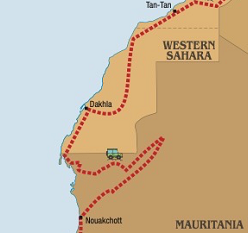
EXPERIENCE. THE CORE OF THE DESERT.
In the Western Sahara other travellers don’t arrive and nomadic tribes of camel herders are authentic. Drive on the endless beaches of Rio de Oro to discover an astonishing landscape where the ocean floods in the desert: rocky hills and dunes, during the hight tide, becomes temporary islands. Experience the north-south crossing of the Sahara, the largest desert on earth, driving off the beaten track over chains of virgin sand dunes. Discover remote oasis and stone citadels dating back to the 13th century.
CLIMATE. The departure dates have been chosen to enjoy the best climate. Late autumn (and spring) are the perfect seasons to travel through the Sahara; temperatures are mild and pleasant; nights are cool but not cold and the days are warm but not hot. Winter (and early spring) are the coolest times of the dry season in Sub-Saharan West Africa.
COMFORT is a must to fully enjoy a long travel experience off the beaten path.
Transports: modern, air-conditioned 4×4 vehicles will be the main means of transport on rugged routes, while on main roads, modern, comfortable air-conditioned minibuses will be used.
Overnights: in comfortable hotels, four stars (****) in the capitals. Recent hotels with air-conditioned rooms and private facilities in the rest of the itinerary. The accommodations have been chosen prioritizing comfort, quality of food, friendly service, typical architectural style, and scenic locations. In the remote areas of the Sahara, we will enjoy two nights at our mobile camp with large Bedouin tents, carpets, mattresses and chairs. In case of sand wind, a comfortable restaurant-tent will be set for dinner. A well-organized camp experience under the stars of the desert is a must for the “Sahara experience”.
SAFETY is our main concern. The expedition is based on our long experience of the area and is led by knowledgeable expedition leaders. The itinerary is safe, our local network constantly monitors it thanks to a permanent presence in the field providing updated information.
Day 1 (Nov. 16th, 2024): TAN TAN – Morocco
Arrival at Tan Tan or Guelmime airport and transfer to the hotel.
Day 2 (Nov. 17th, 2024): ESTUARIES AND DESERT – Morocco
Once left Tafnidilt, we cross a steep range of dunes to reach the Dra estuary region, visited only by brave travellers who dare to find their way on the sandy tracks between the cliffs and the Atlantic Ocean. Here, we will discover tiny temporary settlements of fishermen, ghost colonial military posts, dunes and camels in a virgin landscape, and if lucky with the tide, we will drive for miles on a wild beach where the high dunes meet the ocean.
We will leave the coastline, following a riverbed (Ouadi) in a large canyon: the only possible path between the high dunes, cliffs and ocean.
Day 3 (Nov. 18th, 2024): DUNES AND LAGOONS – Morocco
From Tan-Tan, the road follows an exciting itinerary through a crag on the edge between the Sahara and the ocean. The Naila salt lagoon, separated from the ocean by rows of dunes, with an estuary on the sea, is the largest Salt Lake in Morocco (100 square Km). A protected area of great natural beauty is an important resting point on the birds’ migratory journey, it can host up to 20,000 individual species such as flamingos, cormorants, gulls, herons and more.
We will board local fishing boats to explore the emerald water enclosed in a wide frame of yellow dunes and brown escarpments in an astonishing beautiful landscape.
Late afternoon arrival at the tiny town of Tarfaya on the Juby Cape, less than 100 km away from the Canary Islands. Tarfaya is a former “Aeropostale” base, pioneered airmail from Europe to Africa and Latin America. Interesting museum and the remains of colonial Spanish architecture. In Tarfaya, Saint Exupéry the famous aviator and writer, author of “Le petit prince” (The little Prince), was familiar.
Days 4 & 5 (Nov. 19th & 20th, 2024): WESTERN SAHARA: THE FORBIDDEN TRACK – Morocco
In Laayoune we will meet our local guide, a nomad from a Sahrawi tribe who will lead us through a three- day total off-road expedition crossing the Western Sahara from north to south. The former Spanish Sahara colony has been the site of a long war between the Polisario Armed Front and the Moroccan army. Nowadays, it is part of Morocco. Since the second half of the seventies, due to this long “sand war,” this region has been off-limits to travellers. Until today no peace treaty has been signed, but it’s been decades since any fighting has occurred in the strip we cross. We are proud to be the “first” to bring intrepid travellers to the vast, sandy regions of Saguia El Hamra, Tiris Zemmour, ending with the spectacular Rio de Oro sea-look. In this Saharan expedition, we will cross large dunes to discover wells frequented by long lines of camels belonging to the legendary Reguibat nomads.
Day 6 (Nov. 21st, 2024): FROM THE DESERT TO THE OCEAN – Morocco
Morning continuation of our Trans-Saharan expedition, through a region of dunes, wells and nomadic camps. In the afternoon, a road will bring us to the ocean.
Day 7 (Nov. 22nd, 2024): RIO DE ORO – Morocco
The astonishing beauty of Dakhla peninsula landscape makes it a unique place. The Rio de Oro is a 25-mile-long sea loch between cliffs and dunes. Pastel colours paint the scenery: the blue ocean, yellow sand, emerald seaweed fields and dark rocks. Experience a unique event: during the high tide the ocean will flood the desert: a white dune and rock hills will become temporary islands.
The small town of Dakhla was founded by Spanish navigators in 1502 as “Villa Cisneros.” Visit to the colourful fishing harbour, lunch in an oyster farm. Driving along the shore to discover where the waves lap the sand dunes. Dinner in a typical restaurant.
Day 8 (Nov. 23rd, 2024): BORDER: LINES IN THE SANDS – Morocco – Mauritania
Our way run on the spectacular cliff between the desert and the ocean. We follow the only open road going south. A signboard indicates that we are “on” the Tropic of Cancer. At Guerguerat military post we will cross the southern border post of Morocco, the only open route between Maghreb and Black Africa, a sensible site. We will travel a few miles into no-man’s land. The boundary is a theoretical line in the desert that “divides the sand from the sand”, on the other side, the military post of Mauritania. Evening arrival in Nouadhibou.
Days 9 and 10 (Nov. 24th & 25th, 2024): ADRAR: DUNES AND MOUNTAINS – Mauritania
A day of driving between road and trail will take us to the mining town of Akjoujt. After Akjoujt an absolute “out of any track” long itinerary will find the way through high dunes. To cross long ranges of dunes, we will decrease the tire pressure, GPS, maps and compass will assist our land-navigation in an untouched geological universe. Erg Amatlich is one of the most beautiful dune basins in Mauritania. The Sahara can make a traveller feel like the first person on a planet. We will be able to discover traces of thousand-year-old human presence such as stone tools and shards of potteries. When some rare graze appears, we will find nomadic settlements. These human encounters, after the deep silence of the desert, are intense. We will go into the scenic landscape of the Adrar massif: valleys, high mountains, yellow sand dunes, peaks of dark and red rock. We will enjoy remote oasis and tiny adobe villages.
After a long and intense day, evening arrival in Chinguetti where we will spend two days visiting the region.
Day 11 (Nov. 26th, 2024): CHINGUETTI, THE OASIS – Mauritania
We will spend the day discovering the unique atmosphere of Chinguetti considered the “jewel” of the Mauritanian Oasis. This stone citadel dates to the 13th century and is a cross-point of different trans-Saharan routes linking the Mediterranean coasts to Black Africa. The atmosphere of the old stone town, the architecture, some ancient manuscript collections from the Middle-ages, including Ould Habott, the largest in Mauritania. The oasis with their “green miracles” of palm tree gardens are surrounded by large chains of yellow dunes, the western boundary of the town that “fights” not to be covered by the sand.
The main Mosque and the stone minaret: Chinguetti minaret is believed to be the second oldest still operating in the entire Muslim world.
Day 12 (Nov. 27th, 2024): OUADANE, THE REMOTEST – Mauritania
We will drive to Ouadane in an absolute “out of any tracks” itinerary that follows a Ouadi (dry creek), discovering tiny oasis hidden in the high dunes. Experience Ouadane the remotest oasis in Mauritania, an outpost in the emptiness of the desert. Ouadane was founded in 1147, while most of it fell into ruin, some of its stone houses, perched on a rocky hill, are inhabited. Back in time, this town was an important caravan trading point. Trading was so flourishing that, in 1487, Portuguese built a fortified counter in the region.
Return to our comfortable base in Chinguetti.
Day 13 (Nov. 28th, 2024): GREEN OASIS – Mauritania
The landscape will never cease to amaze us. Leaving the main track, we will reach a region of spectacular mountains, gorges and canyons. Infinite space dominated by the ochre of the earth and the blue sky. At the horizon the ruins of Fort Saganne, built to set the namesake film: Fort Saganne with Gérard Depardieu e Catherine Deneuve.
The Agrour site, located at the top of the Amogjar pass, hides prehistoric Roc Art.
After a short visit of the Atar market, we join Terjit, one of the lushest oasis of Mauritania. After walking through a dense palm grove protected by a gorge and following a tiny stream, we discover a vast rock shelter where spring water flows. An unexpected atmosphere disconnected from time and from the harshness of the desert.
Day 14 (Nov. 29th, 2024): NOUKCHOTT – Mauritania
From the desert to the ocean, from Sahara to black Africa.
As resume of Mauritanian history and culture, visit of the interesting National Museum which displays archaeology, artifacts, costumes and textiles from prehistory to the present days. Unique pictures taken during the excavations of Aoudaghost, the northern trading town and better conserved site of the legendary Ghana Empire. Ghana was the oldest Empire and Kingdom known in Black Africa. Dated from the 6th century, the empire was in the southern east of Mauritania. At that time the caravan transporting gold to North Africa departs from Aoudaghost and passes through Ouadane and Assa, which we had discovered during our Sahara crossing.
Lunch in a restaurant managed by Ivory Coast women that will introduce us to the tasty cuisine of West Africa.
Hundreds of colorful pirogues lined the beach on Nouakchott fishing harbor will leave us amazed. Our eyes, accustomed to sand and dunes, will be reflected in tumultuous waters, in which wind, waves, brightly painted pirogues and sub-Saharan (mainly Senegalese) fishermen selling the abundant catches to the market. Mauritania processes more than 1,800,000 tons of fish each year.
Hotel in day-use until 6:00 p.m. and transfer to the airport.
EXPEDITION LEADERS: with long experience of leading off the beaten track in West Africa and the Sahara, and an excellent understanding of African culture and traditions
EXPLORATORY ITINERARY: This itinerary is an expedition; participants must be flexible and ready to enjoy the unique encounters, but also some unexpected situations that are part of the African Experience.
VISAS:
Morocco: Visa not required for EU, UK, US, Canada, and most other nationalities, please check.
Mauritania: Visa required, we obtain the visa at the border, cost 55 Euro.
IMPORTANT NOTE ON VISAS: Please, after booking, contact us and we will send our advice and suggestions on how to obtain the E-Visas and when Invitation Letters are needed, also if not clearly requested.
VACCINATIONS: Yellow fever – compulsory; malaria prophylaxis highly recommended. Cholera now not request, please check prior departure.
LUGGAGE: due to the exploratory itinerary, please to be contained in approximately 20 kg (45 Lbs.).
TRAVEL INSURANCE: Not included. Mandatory for medical assistance, repatriation, material and physical damages.
TRANSPORT: 4×4 vehicles and minibus. All vehicles are fitted for African conditions, have air-conditioning and each participant is granted with a window seat. Speed boats on the ocean, local boats to Banana Island and Naila Lagunes.
MEALS: lunches: cold meals, picnics or at restaurants (pre-select menu). Dinners: at the hotel restaurants (pre-select menu). It is included one bottle of water each day during the visits.
NOTICE: The itinerary is designed to discover fascinating places, where often the visit of a foreigner remains an exceptional event. Participants need to be cooperative, tolerant and flexible to fully enjoy the expedition and appreciate the unique nature, as well as the spontaneous hospitality of the local populations, African magic and mystery, its metaphysics, ceremonies, life philosophies, beliefs that people are willing to share with us.
Itineraries, visits and overnight accommodations can be modified or adapted to local conditions or to force majeure. Only the organizers and the Tour Leader can decide on any changes.

